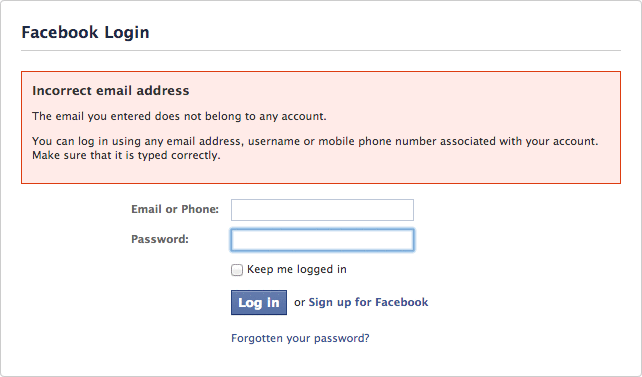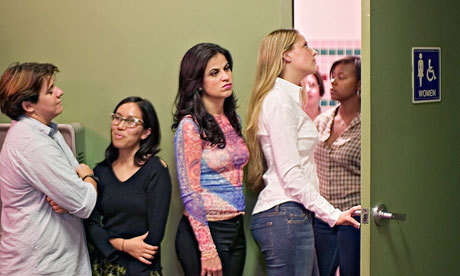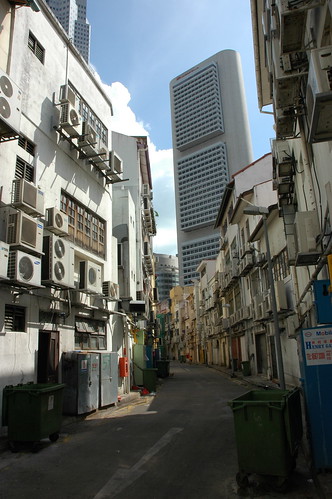It’s a simple question that has stumped me countless times: What’s my password?
As I stare at the computer screen, my blank stare is reflected by the empty space prompting me for my password. A cursor blinks like a wagging finger chastising me for being absent-minded.
But how am I to be blamed when I have to keep track of so many passwords for my digital existence today? Social media accounts on Facebook, Twitter, Instagram, and Pinterest; multiple e-mail addresses for work, school and personal correspondences; as well as various online services from internet banking, to reading the news, and even shopping! All of these require passwords to access. And each should preferably be unique so that my personal data remains protected even if one gets compromised. But we all know the truth: it’s just more convenient to have one password to secure them all.
I use a few different passwords for my various accounts. This is partly driven by paranoia as I’ve come across more and more stories over the years about hacked accounts. Most of the changes, however, have simply been because I’ve forgotten my password and had to reset them. While I usually get my browser to remember a password after setting them for the first time, the horror comes when I’ve gotten logged out or had to use another computer to log-in. I cannot recall the number of times I’ve had to click on “Forgotten your password?”.
Having multiple passwords is a hassle, so it’s no wonder that “123456” is the most popular password in use today, according to a survey by SplashData. This password management service which analyzed stolen passwords available online, also found that the next most common password was, well, “Password”. Six numbers lined up consecutively on the top left corner of the keyboard and a word that describes itself — how easy are these to remember?
These passwords go against security expert’s advice to keep them complicated — at least 8 characters long, a mixture of uppercase, lowercase, numbers and symbols, not a complete word, does not contain your name— but their popularity reflect an expectation many of us have of a security system: it should protect without becoming inconvenient. With a physical lock, we feel secure as long as we hold on to the key. Similarly, we think our digital accounts are safe as long as only we know our passwords — regardless how simple it is. After all, who even knows I have an account? Even then, they need to figure out my username, and why would anyone expect me to use such a silly password. The chances are probably much lower than me struggling to remember a complicated password each time I need to log-in.

My passwords are based on things that are dear to me. While a password gives access to personal data and information, in itself, the combination of numbers and letters often contains fragments of the owner’s identity too. According to a 2013 survey of Google Apps users in the United Kingdom, personal information such as significant dates, place of birth, as well as names of children or family members made up the ten most common passwords. Pet names were the top choice. Like these users, I personalize my passwords so I can recall them better. Mix a birthdate with my initials, throw in bits of my home address, and maybe, a nickname of my parent — and voila! — my very own “unique” password. Paradoxically, this helps people set on hacking into my account. A bunch of unmarked keys could belong to any lock out there, but the School of Visual Arts lanyard on mine narrows it down for someone who’s picked it up. This is especially so in this digital age, when we live out much of our personal lives online.How difficult is it for someone to figure out the name of your pet from your endless stream of Instagram photos? Having to become my own locksmith, I’ve realized that behind every lock is a set of paradoxes. Their very existence calls out to the fact that something valuable is behind it. We want our locks to be secure against strangers, but also convenient for those we trust.
Passwords have become the keys of our digital times. My girlfriend knows most of my passwords, and increasingly, we find ourselves creating ones that reflect our shared lives. In the way one makes a set of apartment keys for those we love, we’ve built our very own digital keys to share too. Sharing passwords becomes a practical issue as we lead more of our lives online. Services such as Facebook and Google have policies on how family members can get access to accounts of loved ones who have deceased. It involves various layers of verification which can be saved if one had simply shared their passwords. That’s one reason why I’ve written all my passwords onto a sheet of paper. A physical copy is probably safer than a digital note, I like to think. And just to be extra safe, I’ve even come up with a rudimentary code to protect it. Change a letter or two, or write it backwards instead — just some tips I picked up from my love of spy novels as a child.
The truth is it does not take too much for us to feel secure. No security system is foolproof. All locks really do is to buy us time and the assurance of having tried to keep our possessions safe. A determined intruder can break our locks and find alternative entry points. Even the Berlin wall eventually fell! As recent thefts of credit card data from Target and Neiman Marcus’ customers have shown, online security is not entirely within our control. Regardless the complexity of your passwords, it can easily be compromised by someone else’s mistake in this networked world we live in. All it took was a Heartbleed bug to send all of us scrambling to cook up new passwords.
Wouldn’t it be more meaningful to create trust and transparency between people rather than build security against one another? Maybe the question is what am I securing myself against? As much as locks keep out, they also keep in. In that private space I’ve kept away, I may just find nothing more than my deep insecurities about the world that I live in. As much as I like to think it is safe and that people are good, it really isn’t. It’s my dark secret about humanity: evil lurks somewhere deep inside each of us.
———–
Written for Akiko’s Busch Reading Design class at D-Crit.


